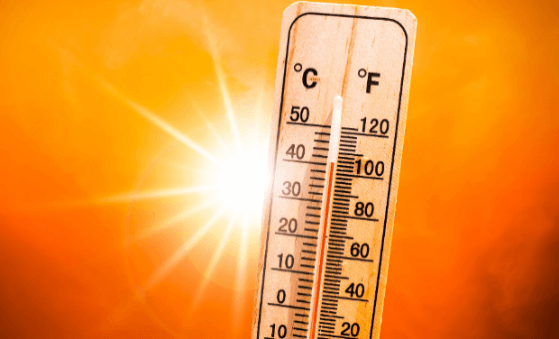Definitions
Definitions 2
Heat DefinitionThe movement of kinetic energy from one medium to another is known as heat. The direction of heat energy transfer is from a substance with a higher temperature to a substance with a lower temperature because faster-vibrating molecules pass their energy to slower-vibrating molecules. The vibrational energy is often referred to as heat content. Heat's SI unit is Joule. 
Heat ClassificationHeat is classified into two categories that are hot and cold. 1. HotThings are considered hot if they contain a lot of heat. Some examples of hot objects are the sun, fire, hot pans, hot air from a hairdryer, lava from volcanic eruptions, and other hot things in our environment. 2. ColdCold items are those that contain less heat. Examples of cold items include ice, air from an air conditioner, cold beverages, etc. Heat Transfer MechanismsHeat is not a physical thing but a type of energy. Heat doesn't have mass. Heat can transfer from one medium to another by conduction, convection, and radiation. 1. ConductionConduction is a method of transporting heat. Heat is transferred through contact in conduction. The method by which heat is transmitted from an item's hot end to its cold end is known as conduction. 2. ConvectionConvection is the method of transferring heat. Convection is the process in which fluid movement transfers heat from one point to another. 3. RadiationRadiation is the method of transferring heat. Radiation is the process in which heat transfer through electromagnetic waves without using particles. Advantages and Disadvantages of Heat EnergyAdvantages
Disadvantages
Heat Energy Applications
FAQ on Heat1. Differences between convection, radiation, and conduction.Answer:
2. List out primary sources of heat.Answer: Primary sources of heat are:
3. What is the unit of heat transfer?Answer:
Next TopicHTML Definition
|
 For Videos Join Our Youtube Channel: Join Now
For Videos Join Our Youtube Channel: Join Now
Feedback
- Send your Feedback to [email protected]
Help Others, Please Share









